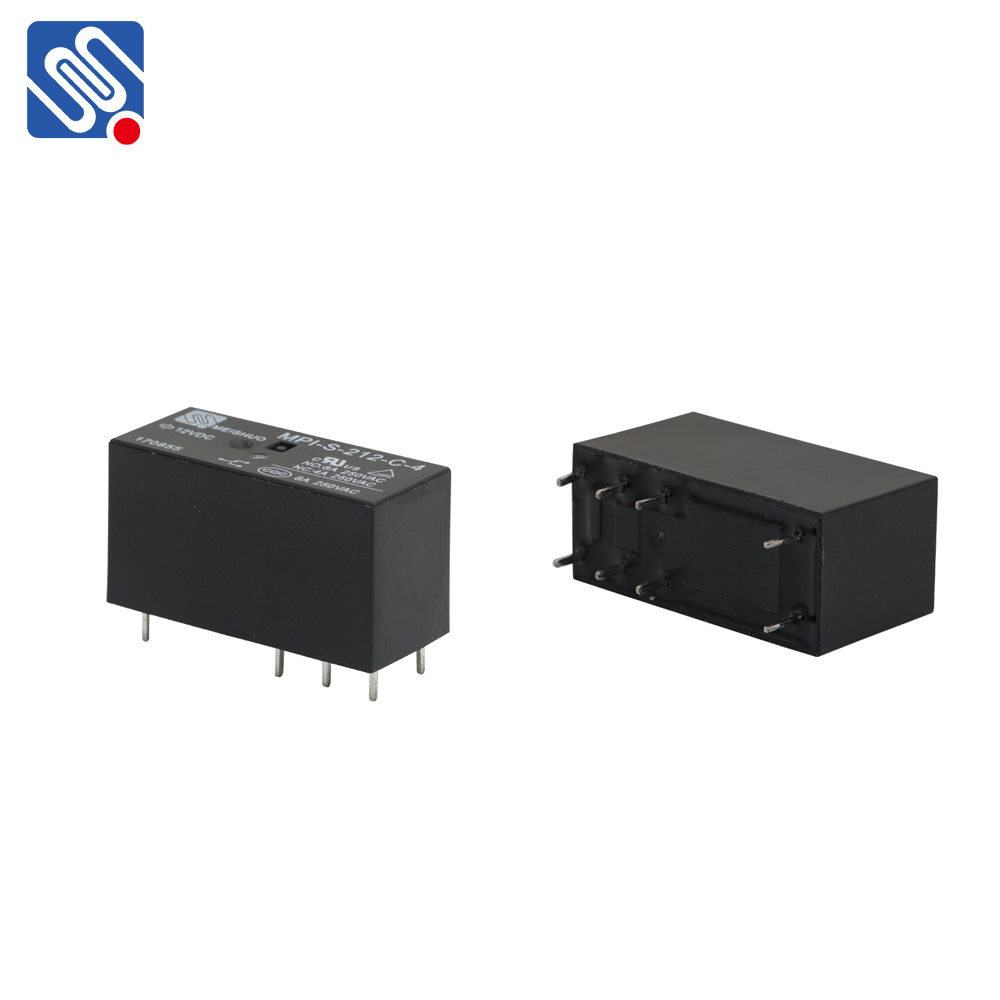Relay efficiency plays a crucial role in the performance of wireless communication systems, especially in networks that rely on relay nodes to transmit data over long distances or through challenging environments. In such systems, relay nodes are strategically placed to improve signal strength, extend coverage, and enhance network reliability. Achieving high relay efficiency ensures that data is transmitted quickly, reliably, and with minimal energy consumption. This article explores the concept of relay efficiency, its importance, and the strategies to optimize it in modern communication networks.

Understanding Relay Efficiency In wireless communication, a relay node is a device that forwards data between two communication points, typically a source and a destination, to enhance signal coverage and reduce the effects of interference or obstacles. The efficiency of this relay process directly impacts the overall system performance. Relay efficiency refers to how effectively and efficiently these relay nodes forward data, considering factors such as signal quality, power consumption, delay, and the system’s throughput. One of the key metrics of relay efficiency is the Signal-to-Noise Ratio (SNR). Higher SNR values typically result in better quality transmission, as they indicate a higher strength of the desired signal relative to background noise. Efficient relay systems are designed to maintain or improve SNR during the signal forwarding process, which directly enhances the quality of communication.